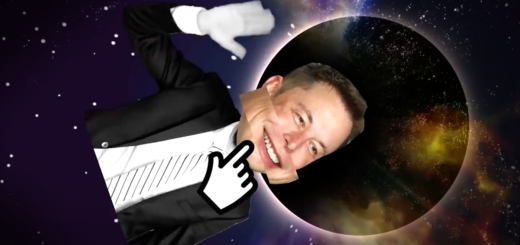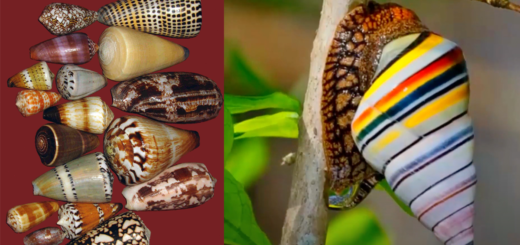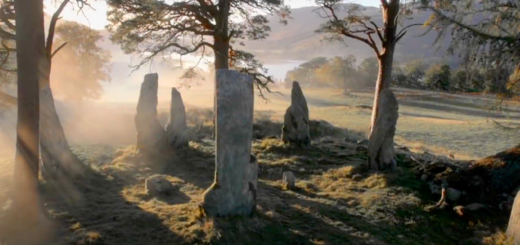Neptune Facts – Fascinating Facts About Neptune
Facts About Neptune
Neptune like Uranus is primarily composed of rock and ices. Hence Neptune and Uranus are considered as ice giants.
Dark spots similar to the Great Red Spot on Jupiter, exists on Neptune. These are areas of high atmospheric pressure that forces methane gas clouds high up into the atmosphere, appearing like cirrus or thin, whispy clouds on Earth.
Unlike the Great Red Spot, dark spots on Neptune disappear and reappear on different parts of the planet.
Neptune has the second largest gravity of any planet in the solar system, only after Jupiter.
Triton is the largest moon orbiting Neptune. It was discovered just 17 days after Neptune itself was discovered.
Though Neptune has huge size, the gravity on Neptune is similar to that on Earth.
Neptune after its discovery was referred to as “the planet exterior to Uranus”, or more commonly “Le Verrier’s planet”, after the man who discovered it, Urban Le Verrier.
On Neptune, high noon is no brighter than the last few moments of sunset on Earth.
Neptune is named after the Roman god of the sea.
Neptune was first observed in 1846, by using mathematical predictions. It is not visible to the naked eye.







